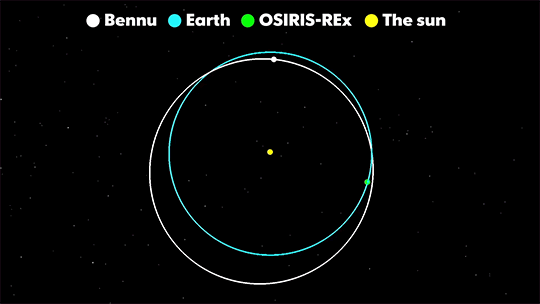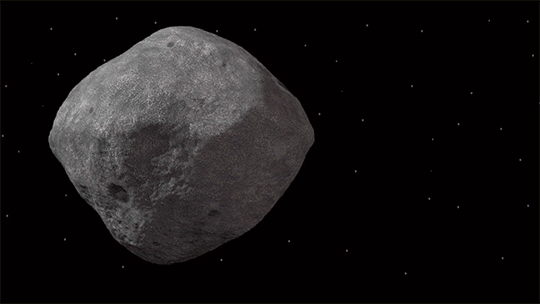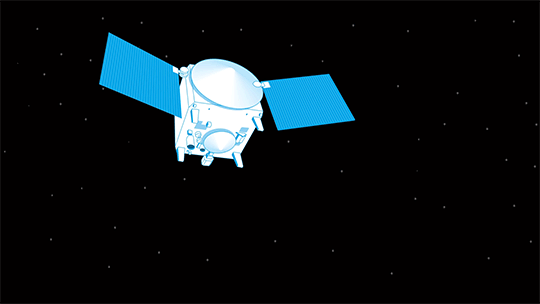Spacecraft will bring back piece of an asteroid
An unmanned spacecraft about the size of a household toolshed will travel 4.4 billion miles to bring back samples from Bennu, an asteroid orbiting our sun. OSIRIS-REx's seven-year mission will tell us more about the asteroid's composition and the creation of the solar system.
Instruments and mission

The spacecraft is powered by solar panels. Five science instruments will map Bennu's chemistry and mineralogy, and determine the effect of sunlight on the asteroid's orbit. Cost of the mission, excluding launch, is $800 million.
Launch window opens

OSIRIS-REx launched in September 2016. The craft was carried into space atop an Atlas V rocket from Cape Canaveral, Fla.
September 2017: Earth flyby

After orbiting the sun for a year, OSIRIS-REx passed by Earth and used the planet's gravitational field as a boost toward Bennu.
December 2018: Rendevous

Bennu was chosen because it's considered a "primitive" carbon-rich asteroid that hasn't changed much since it was formed billions of years ago. It could provide clues to the origin of life on Earth.
2020: Taking a sample

OSIRIS-REx will fire braking rockets to slow its speed to match Bennu's. It will orbit the asteroid and begin a months-long survey in 2020. Extensive mapping, from an altitude of about 3 miles, will determine where the sample will be taken.
2021: Return voyage

The spacecraft won't land on the asteroid but will get close enough to extend an 11-foot robotic arm and touch the surface for about 5 seconds. A burst of nitrogen will stir up surface elements, which will be captured by a screened sampler head — a pad about the size of an automobile air filter — at the end of the arm. There's enough nitrogen for three attempts, ensuring a sample size of 2 oz. to 4 lbs. The sample is stowed in an onboard capsule.
2023: Touchdown

OSIRIS-REx will release its sample capsule and enter a stable Earth orbit. The capsule, protected by a heat shield, will plummet to Earth. It will land by parachute at the Utah Test and Training Range, 80 miles west of Salt Lake City, where the sample will be recovered and taken to Houston for analysis.
SOURCES: NASA; asteroidmission.org; spaceflightinsider.com
Credit: Ramon Padilla, Janet Loehrke and George Petras, USA TODAY